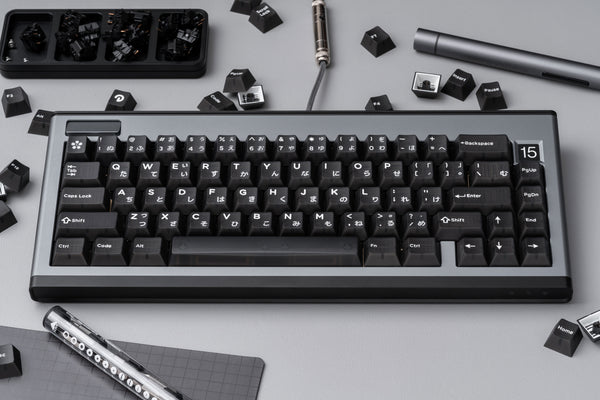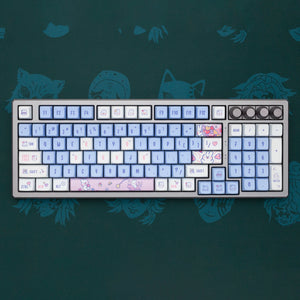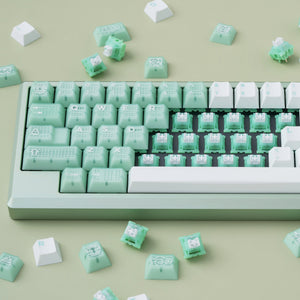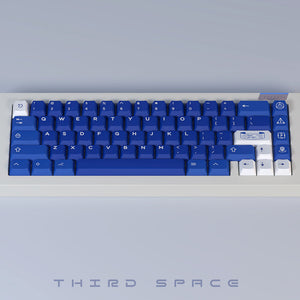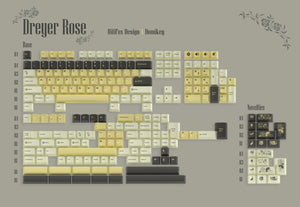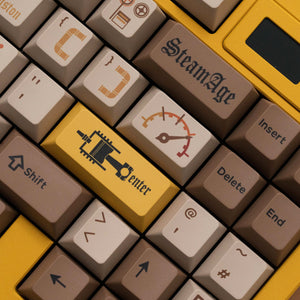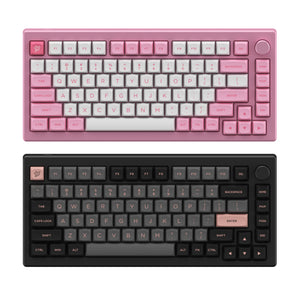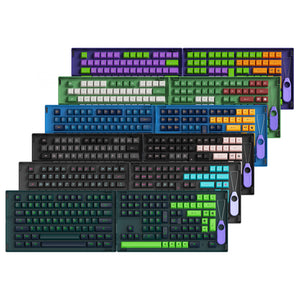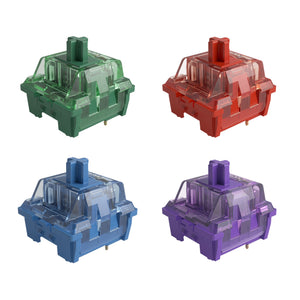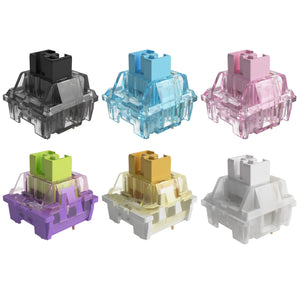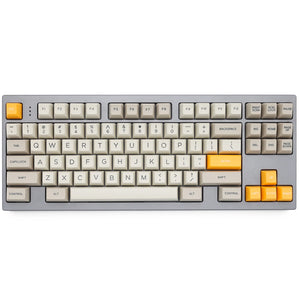New Arrivals
Groupbuy Status
| GROUPBUY | STATUS |
| Domikey x GLOVE M-5 GB |
|
| Domikey x GLOVE LOONG GB |
|
| GLOVE Adventurer R2 GB |
|
| GLOVE Donuts R2 GB |
|
| HifiFox Slime theme |
|
| Space Station Mousepad |
|
| Fullstop x Key Kobo Motel |
|
| Thumb Key x Domikey DEICIDE |
|
| ZERO-G Nama Chocolate |
|
| GLOVE OCR Receipt |
|
| HifiFox Retro Evolution |
|
| GLOVE Unicorn Keycaps |
|
| HifiFox Red Bean keycaps |
|
| ZERO-G Mirror Image Keycaps |
|
| HifiFox Great Artist Lotus |
|
GB EXTRAS
Follow the IC
Submit your interest and follow on Discord to get notification when GB is available.
KPrepublic collaborates with Designers to bring more intersting and unique keycaps and keyboard kits to the community.




